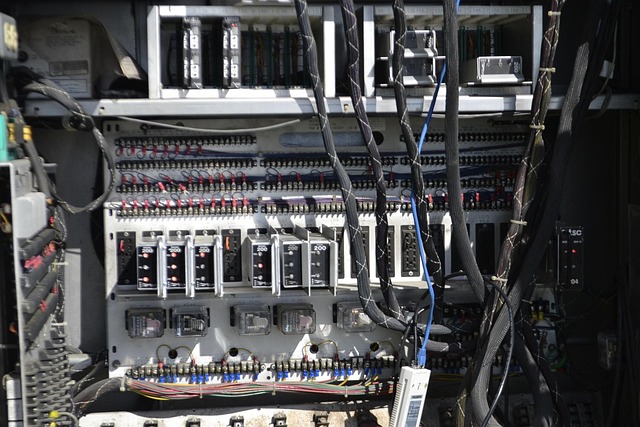Diving into the Metaverse: The Ultimate Immersion Experience with Virtual and Augmented Reality
In today’s rapidly evolving tech landscape, the concept of an immersion experience is no longer confined to science fiction. With advances in virtual reality (VR) and augmented reality (AR), the boundary between the digital and physical worlds is blurring, inviting us to dive into an entirely new realm: the metaverse.
The Magic of Virtual Reality
Virtual reality offers a fully immersive experience by transporting users into a computer-generated environment. Wearing a VR headset, you’re no longer just an observer—you become an active participant. From walking through ancient ruins to exploring alien planets, VR creates a sensory-rich world that tricks your brain into feeling truly present. The sensation is so gripping that gamers, educators, and professionals are all embracing VR for its unparalleled immersion experience.
Augmented Reality: Enhancing the Real World
While VR creates new worlds, augmented reality enhances our current one. AR overlays digital elements onto the physical environment via smartphones, tablets, or AR glasses. Whether it’s interactive game characters appearing on your living room floor or real-time data projections during a repair job, AR blends virtual and physical seamlessly. This synergy provides a unique immersion experience that is both accessible and practical, expanding the ways we interact with our surroundings.
Stepping into the Metaverse
The metaverse represents the convergence of VR, AR, and the internet into an interconnected digital universe. It’s not just a single game or app; it’s a persistent, shared space where users can socialize, work, learn, and create—all through immersive technologies. This new digital frontier is powered by hardware breakthroughs like advanced headsets, haptic feedback suits, and spatial audio devices, elevating the immersion experience beyond anything we’ve seen.
For hardware enthusiasts, the metaverse offers an exciting challenge. It requires cutting-edge devices capable of delivering high-resolution visuals, low-latency tracking, and intuitive input methods. As these technologies evolve, they promise to make the metaverse more accessible and convincing, allowing users to lose themselves completely in digital realms.
Why the Immersion Experience Matters
At the heart of this journey lies the desire to fully engage our senses and emotions. An effective immersion experience can enhance learning by making abstract concepts tangible, spark creativity by providing new tools and environments, and foster empathy by allowing us to see the world from different perspectives. In hardware terms, this means crafting devices that not only perform but also feel natural and responsive to our movements and intentions.
Whether you’re a gamer eager to explore virtual kingdoms, an artist looking to sculpt in 3D space, or a professional aiming for innovative collaboration, the metaverse and its immersive technologies hold transformative potential. As VR and AR hardware continue to advance, they bring us closer to a digital experience that is no longer just observed, but truly lived.




